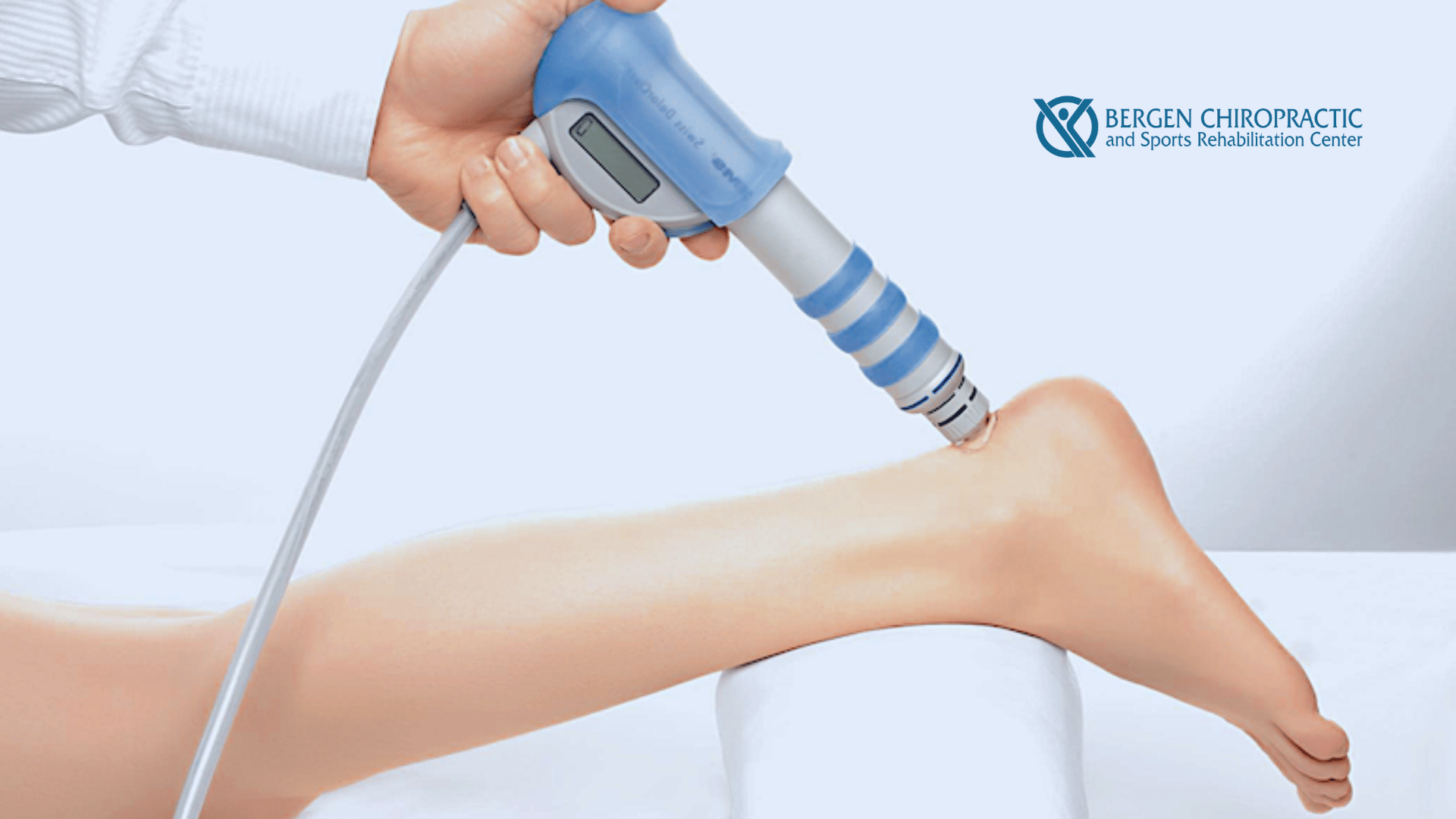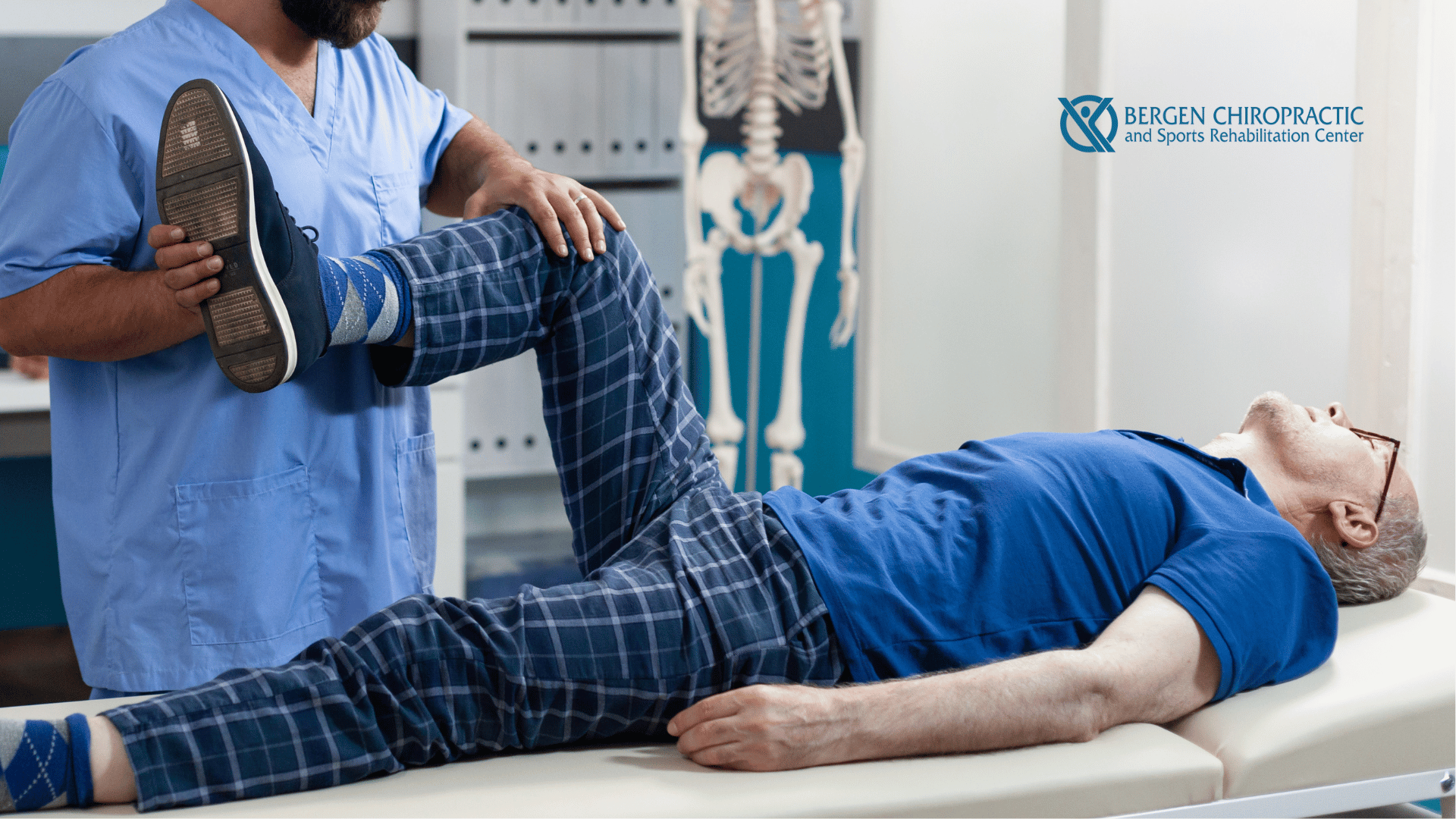Relieve plantar fasciitis during pregnancy with chiropractic care focused on gentle, effective techniques to ease foot pain and support overall comfort.
Beyond the Surface: How Shockwave Therapy Targets Plantar Fasciitis at Its Core
Discover how shockwave therapy directly targets plantar fasciitis pain, promoting healing and offering lasting relief for improved mobility and comfort.
Step into Comfort: The Ultimate Guide to Plantar Fasciitis-Friendly Footwear
Find the best shoes for plantar fasciitis relief with this guide, featuring supportive footwear options that help ease pain and promote all-day comfort.
Navigating Meniscus Tear Rehabilitation with Chiropractic Techniques
Chiropractic care offers a non-invasive approach to meniscus tear rehabilitation to reduce pain and improve knee function.
Chiropractic Care for Weightlifters: Enhancing Strength and Stability
Weightlifters know that maintaining peak performance is more than just hitting the gym hard—it's also about smart recovery and injury prevention. Chiropractic care plays a crucial role in enhancing strength and stability by addressing imbalances and ensuring proper...
The Comprehensive Approach of Chiropractic Care in Treating Diastasis Recti
Address diastasis recti naturally with chiropractic care, focusing on alignment and core strength to help restore abdominal muscles effectively.
7 Ways Chiropractic Care Helps with Post-Workout Recovery
Discover how chiropractic care enhances post-workout recovery by reducing muscle soreness, improving mobility, and speeding up healing for optimal performance.
Bergen Chiropractic’s Approach to Treating Groin Pull Injuries in New Jersey
Discover Bergen Chiropractic’s personalized approach to treating groin pull injuries in New Jersey. Learn about common causes, effective chiropractic treatments, and how chiropractic care can prevent future injuries, offering relief and long-term health benefits.
The Role of Chiropractic Care in Managing Chronic Shoulder Tension from Computer Use
Learn how chiropractors provide relief through spinal adjustments, soft tissue therapy, and ergonomic advice, helping you maintain optimal muscle health and prevent repetitive strain injuries.
Chiropractic Care as a Tool for Injury Prevention in Contact Sports
Discover how chiropractic care can prevent injuries in contact sports. Learn how chiropractors help athletes maintain optimal musculoskeletal health, reduce the risk of muscle strains, joint injuries, and spinal misalignments, and enhance overall performance and recovery.










